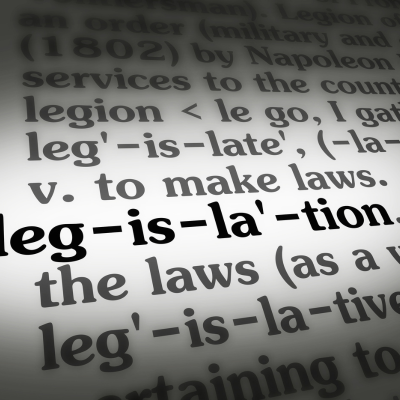Washington Watch: House unveils bipartisan workforce Pell legislation
By Jim Hermes and published by the CommunityCollegeDaily
In a major step towards establishing Pell Grant eligibility for students in short-term workforce education programs, House members on Tuesday introduced the Bipartisan Workforce Pell Act (BWPA).
The bill is a product of months-long negotiations between Republican and Democratic staffers and members on the House Committee on Education and the Workforce. The bill’s sponsor, Rep. Elise Stefanik (R-New York), is joined by original cosponsors Reps. Virginia Foxx (R-North Carolina) and Bobby Scott (D-Virginia), the committee’s top Republican and Democrat, respectively. Rep. Mark DeSaulnier (D-California) is also an original cosponsor.
The bill combines, and in many cases modifies, elements of three workforce Pell bills that had been previously introduced in the House. These include the bipartisan JOBS Act, the Republican-backed PELL Act and the Democrat-supported Jobs to Compete Act. The American Association of Community Colleges has long endorsed the JOBS Act but also welcomed the newer bills and is excited about this step to forge a new, bipartisan way forward.
Quality assurance requirements
Like the previous bills, BWPA would make students eligible to receive workforce Pell grants in certain programs between 150 and 599 clock hours in length that are offered over at least eight weeks. The amount and other aspects of the grants would be determined in the same manner as federal Pell grants.
Students attending for-profit institutions would be eligible to receive these grants, a political bone of contention that may complicate the bill’s prospects in the Senate. Correspondence programs would not be eligible, but there is no limitation on distance education programs.
To be eligible for Pell grants, workforce programs would have to meet a series of new quality assurance requirements, separate from and more exacting than those applied to other Title IV programs. The legislation lays out a three-step process for programs to be approved:
First, the state workforce development board must determine that the program offers an education aligned with high-skill, high-wage or in-demand occupations, employers’ needs and requirements for state certification and licensure, where applicable.
After that happens, the institution’s accrediting agency must determine that the program either leads to a recognized postsecondary credential that is stackable to further education and portable to multiple employers, or leads to the only recognized credential for a given occupation. In any case, the program must prepare students to pursue a subsequent longer-term certificate or degree program, and they must receive academic credit in that program for what they learned in the workforce Pell program. In addition to compliance with other reporting and disclosure requirements, the accreditor must also determine that the workforce Pell program has been in existence for at least one year.
Read the full article here.
Or, if you are ready to learn more about Jobspeaker, speak with us today!


